How HR Can Create a Comprehensive Talent Strategy
Analytics in HR
MARCH 16, 2023
It’s a strategic data-based approach to workforce planning that allows you to focus on internal mobility, flexibility and diversity. Look at workforce supply and demand, demographics, current and future skills shortages (or surpluses), workplace trends and the labor market to help your organization with their workforce planning.





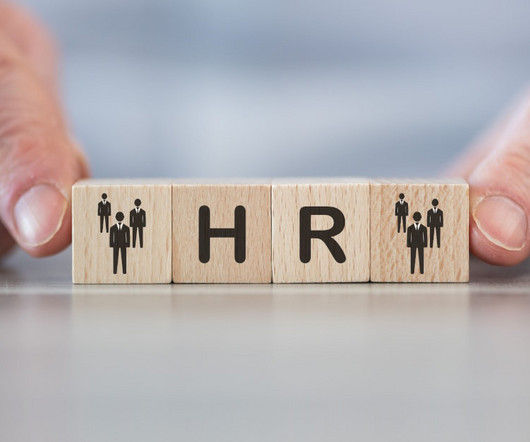
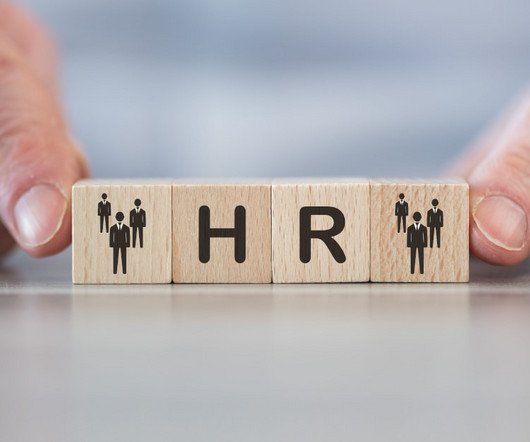




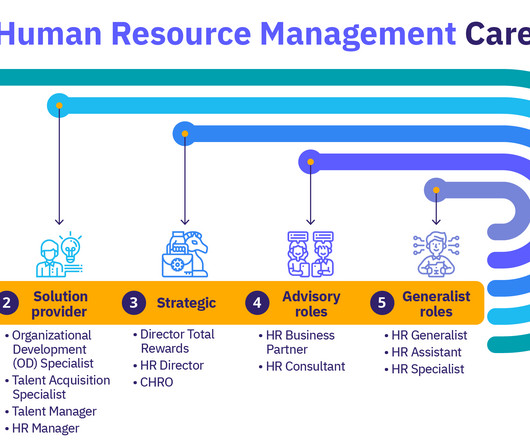



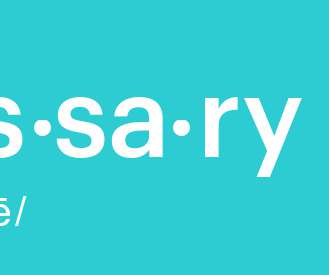
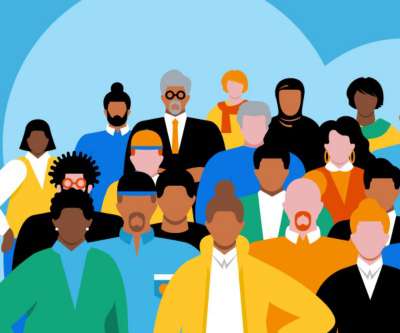

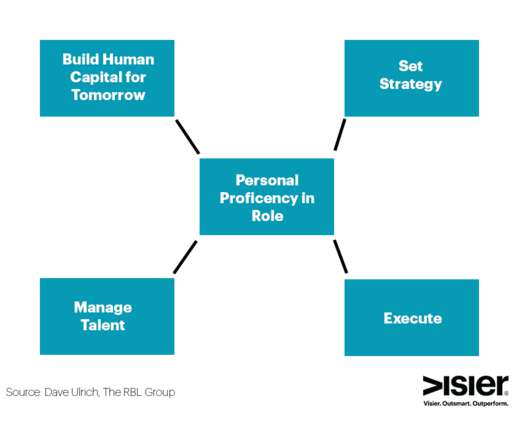













Let's personalize your content